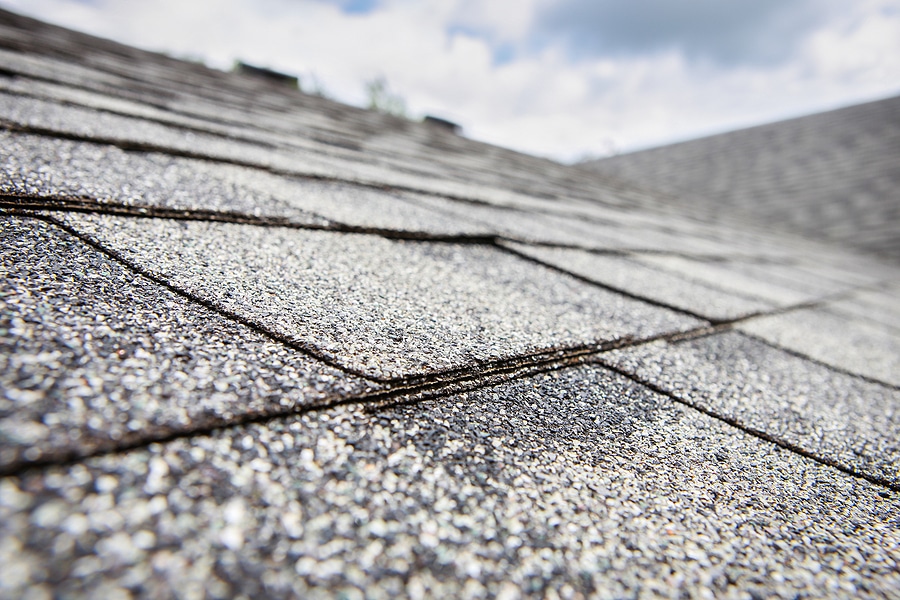Warning Signs Your Home Could Need a New Roof

The roof is one of the most essential—and expensive—parts of your home. While a roof is built to last years, it will need to be eventually replaced. Also, the actual life span of the roof typically depends on the weather that it faces. To ensure that your roof protects your home from the elements, conduct regular inspections and keep the following in mind.
Water watch
Perhaps the single most important job of the roof is to protect the interior of the home from water, which can cause mold and mildew. Check the attic/crawlspace and the ceilings of the top level of your home for any signs of water damage. Walls and ceilings that suddenly develop mold or mildew could signify a leaking roof. Water inside the home could result from ice dams, deteriorating shingles or flashing, or shoddy installation.
Post-snow inspection
A good roof will be largely unaffected by a few inches of snow, but what if a major storm dumps a foot or more of the white stuff on your roof? When deep, wet snow falls or treacherous ice forms, the first step is to carefully remove at least some of the snow to mitigate damage. After that, look for potential damage that can include the following:
- Unusual popping and cracking noises
- Water damage inside the home
- A sagging roof, which may indicate water damage or a damaged rafter
Stressed shingles
Periodically inspect your shingles for signs of damage. For example, prolonged hot and cold expansion and contraction cycles can create clusters of cracked shingles, which lead to water leaks and structural damage.
Other warning signs include shingles that are peeling away from the roof and pointing upward. Maybe the edges are staying put, but the center of the shingle is lifting, forming a bubble. These symptoms can result from temperature changes, poor ventilation, or old-fashioned wear and tear, when the roof reaches the end of its normal lifespan.
Needless to say, any shingles or pieces of shingles that fall to the ground warrant immediate inspection.
Gutter grit
When cleaning your gutters, keep an eye out for shingle deterioration. Some shingle grit in the gutter is natural, especially when a roof is first installed, but when it starts to collect in large batches, it can signify a problem.
Chronological age
A typical asphalt roof will last 20 to 25 years unless hailstorms or poor installation shortens its life. If your roof passes that 20-year mark, you will want to get it inspected and potentially replaced. If you’re a
relative newcomer to the neighborhood, take note of what the neighbors are doing. If they are replacing their roofs, it might be time to check on your own.
Considerations for flat roofs
The flat roofs typically found on New York City buildings have distinct advantages. Not only do they cost significantly less than standard roofs, but they also are less subject to corrosion, making them easier to repair and maintain.
Flat roofs also have some disadvantages. Water can pool on these surfaces, which requires regular inspections to detect potential damage. Also, the typical flat roofing materials of felt and single-ply polymer systems often don’t last as long as slates, tiles and asphalt shingles. The actual construction of your roof will determine its life expectancy, which can be extended with proper maintenance.
If you have any questions about your current homeowners insurance policy, call us at 877-576-5200 or request a no-obligation policy review.

